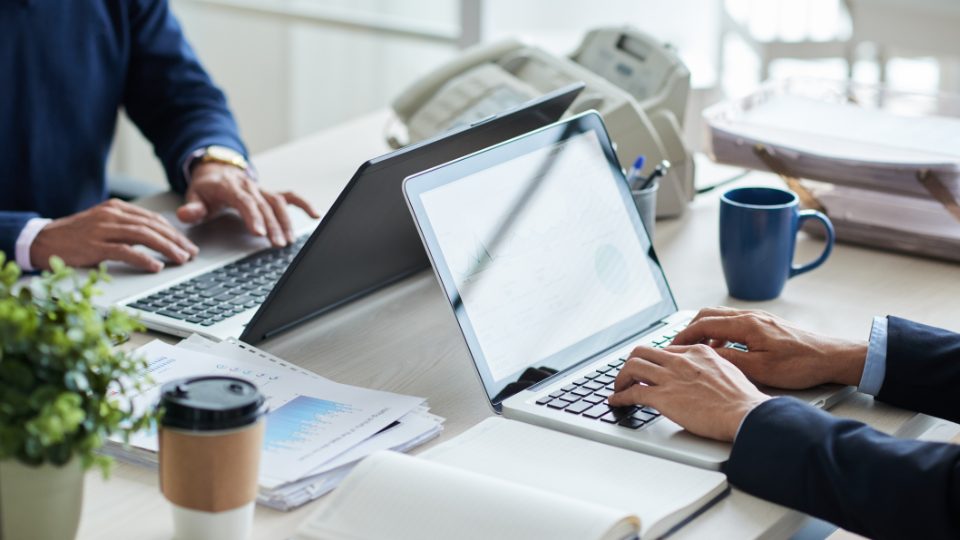Working from home and having a pain in your wrist? Well, you are not the only one! Many people are experiencing the same issue, and the answer may be hidden in how you position and support your wrists and in your overall workplace setup.
Online stores have a massive selection of wrist rests of different sizes, shapes, and all sorts of materials, including hard wooden models, those made of memory foam, silicon, leather, and gel. While getting a fancy wrist rest for keyboards may seem intuitive and feel like a smart decision, it is essential to understand the benefits and potential downsides before making a purchase.
Why would you need a wrist rest in the first place?
When performing typing tasks on a computer keyboard, people tend to raise their shoulders, tense the arms, and assume awkward positions with their hands. Some tend to raise their wrists while typing, others put a lot of weight through their wrists while both typing and resting between tasks. The tendencies are more pronounced in those who have the wrong workplace setup, and long-term stress may injure the upper limb’s delicate anatomy.
Common conditions are:
- Tennis elbow – the injury to the tendons at your elbow, the rope-like connective tissue that holds muscle to the bone.
- Tenosynovitis – the injury to the protective sheath that surrounds the tendons.
- Carpal tunnel syndrome – compression to the nerve that runs from the forearm into the palm.
Wrist rests are thought to stop a person from raising their shoulders by providing a comfortable resting surface for the wrists. They also remove pressure between the wrist and the hard surface or sharp edges of the desk.
However, it is not as straightforward as it seems.

Incorrectly used wrist rests can cause an inappropriate angle and press on the internal structures of the wrist
Potential problems with wrist rests
Paradoxically, having a wrist rest can predispose a person to the same issues that it was designed to alleviate. The explanation for this is simple. Firstly, heavy and frequent contact even on a wrist wrest may still irritate wrist structures and cause tenosynovitis or carpal tunnel syndrome. Secondly, inappropriate sizes and heights of the wrist support relative to the keyboard may cause awkward positioning of the hand and may also lead to carpal tunnel syndrome, tendon injuries and tenosynovitis.

So, should you get a wrist rest?
Whether you’re in an office or working from home health and safety is the same for wrists. A wrist rest can be a benefit if chosen wisely. One should first look at the overall desk arrangement. A workplace that conforms to strong ergonomic principles will decrease the probability of muscular strain and injuries and may reduce a need for a wrist rest (Vitrue Vida can help you with this!). The main points to consider:
- Your desk setup should allow you to distribute your weight so as to prevent heavy wrist contact on the surface. Your arms should be resting on the desk or chair’s arm rests at 90-110 degrees at your elbows, preventing you from raising your shoulders.
- A good wrist wrest should be soft and without sharp edges. It must be matched to your keyboard’s width, height, and slope to allow your wrist to get into a neutral (straight) position. The more bent upwards or downwards the wrists are while typing the more stress is put on them. The flatter designed keyboards will need less or no wrist support, whereas those with increased height and slope will need thicker support.
- The contact on your wrist rest should be with the heels of your palms rather than wrists.
- Don’t forget, a separate wrist wrest for using your mouse can also be used! (for example: https://www.euroffice.co.uk/search?term=mouse+mat+gel)
It’s important to remember that preventing even the smallest injuries can prevent bigger issues down the line. For that reason everyone should do an in-office and/or home working risk assessment or desk assessment and have a good ergonomic workstation. You health is the most important thing you own, so treat it that way! Happy typing!





